Create That Winning Topline!
As horse owners, we all strive for our horses to look fabulous and maintain superb condition. A key part of this is achieving a strong, well-defined topline. But what exactly is topline, and how can your horse’s diet influence it? Let’s break it down.
What is Topline?
Topline refers to the group of muscles running all the way from the poll, down the horse’s neck, over the withers, along the back, loins, and down to the hindquarters. These muscles play a crucial role in the horse’s overall appearance and performance, and topline should primarily be made up of lean muscle, with little fat. Achieving true topline means focusing on the development of muscle mass rather than cheating by increasing fat coverage.
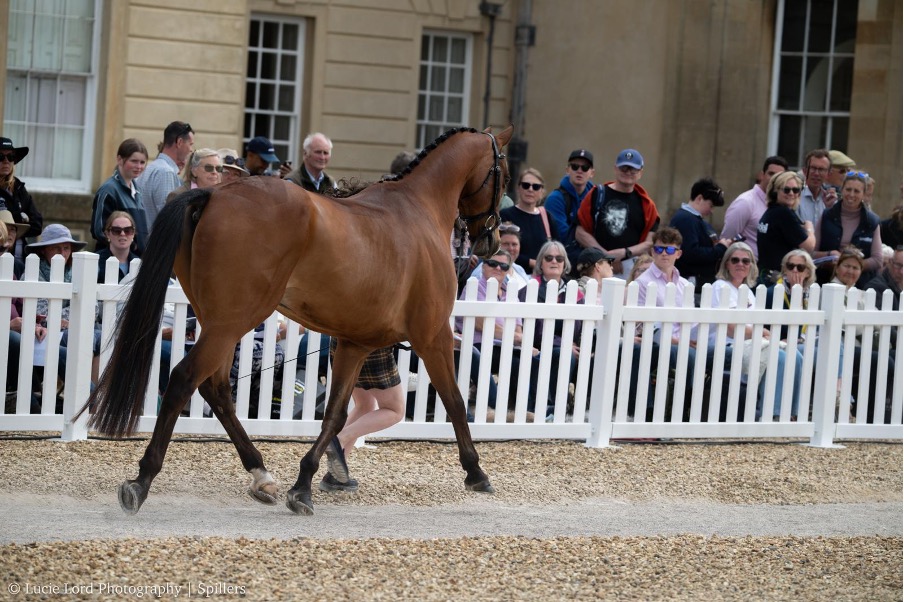
The Importance of Quality Protein
When it comes to supporting muscle building, quality protein is king. Proteins are made up from building blocks called amino acids, some of which are ‘essential’. This means they must be supplied in the diet because the horse's body can't produce them. One of the most important of these is lysine, which is essential for muscle growth and the one most likely to be deficient in the diet.
Protein consumed from feed and forage is broken down into amino acids and rebuilt (protein synthesis) to form the proteins which are needed to build and maintain muscle. For protein synthesis to occur, amino acids need to be present at a specific ratio. Like with Lego sets, if you don’t have all the correct pieces, you won’t be able to finish the desired build no matter how many pieces you have in total.
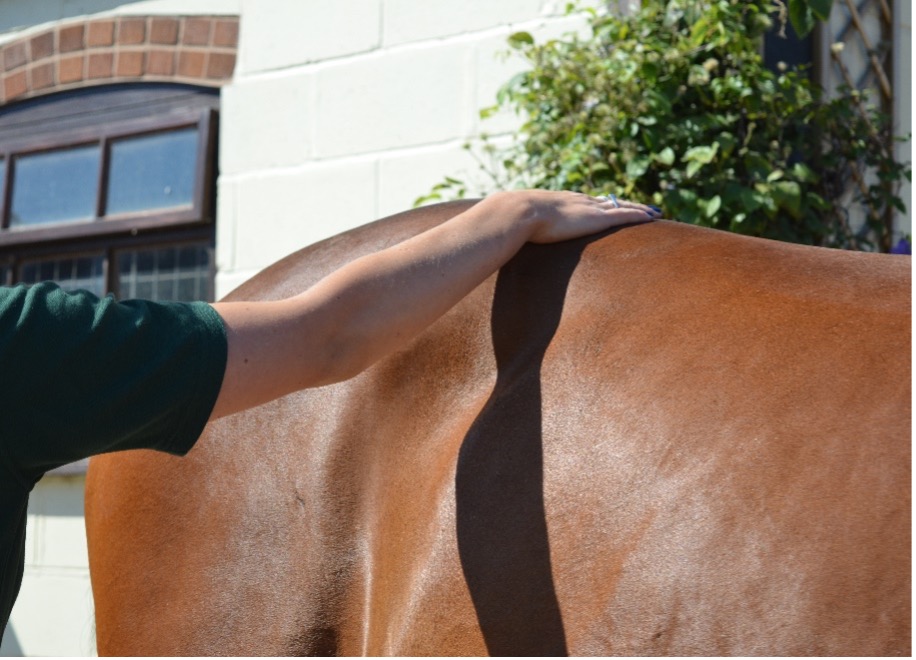
Building Muscle
Forage alone often doesn't provide enough lysine to support muscle development, which is why feeding the recommended amount of a suitable compound feed or balancer is key. Balancers are an excellent choice for horses who maintain weight easily on forage but need that extra lysine to support muscle and topline growth, without unwanted calories.
Unlike broad-spectrum vitamin and mineral supplements, which are usually low in protein, pelleted balancers amino acids, helping to give your horse the building blocks it needs to develop muscle. But remember, protein needs vary between horses, so it's always worth consulting a nutrition specialist to make sure your horse is getting the right amount.
Do Muscle Supplements Really Work?
You may wonder if supplements can help accelerate muscle growth. Beware of supplements which make bold claims—a 50g daily serving may actually contain negligible levels of amino acids, offering little more than a pricey placebo. Although excess protein and amino acids are excreted in the urine, optimum requirements are yet to be established so a well formulated supplement might still benefit some horses, particularly those with higher training demands.
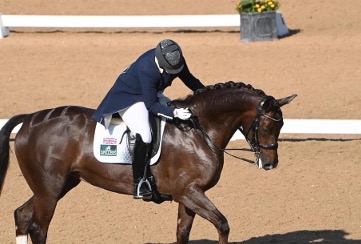
Exercise Is Essential!
While feeding is important, there's no substitute for correct exercise. Muscles need the right type of training and rest to develop. Without exercise, protein alone won’t do the trick. Think of Olympians — lifting weights and training is essential to see results, no amount of protein shakes will turn you into Sir Chris Hoy or Dame Jess Ennis!
Body Condition Score (BCS): What You Should Know
Body Condition Scoring helps assess fat coverage, not muscle development. A horse can have a great BCS but still have poor topline due to lack of muscle. To check whether your horse has sufficient muscle tone or if fat coverage is the issue, assess the firmness of their body—muscle generally feels firm, while fat feels soft. Regular BCS assessments will help guide your feeding and training plan.
Fat Cannot Be Converted to Muscle – Fact!
Unfortunately, fat doesn’t magically turn into muscle. Calorie restriction is essential for weight loss but low calorie diets don’t need to be deficient in protein. Aim to strike a balance: avoid overfeeding to the point of excess fat, as this won’t contribute to muscle development.
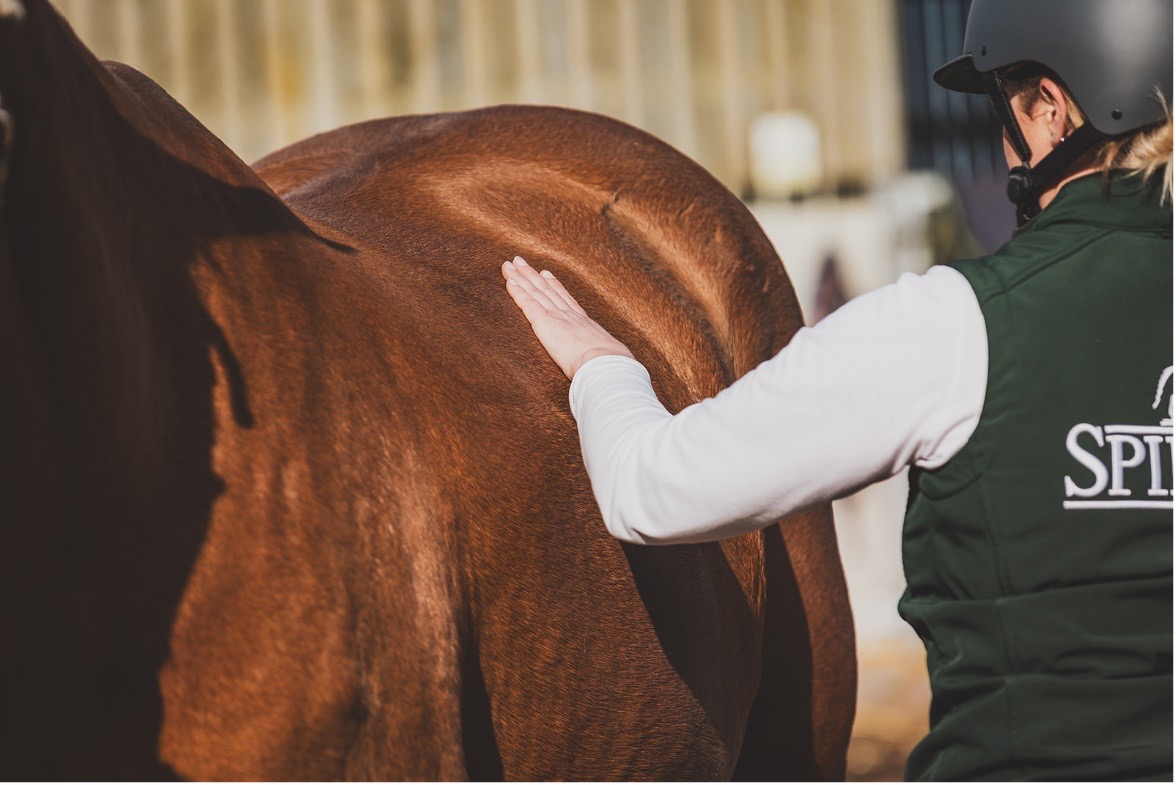
Foundations for Success
Building topline takes time and dedication, but there are three key steps you can take to set your horse up for success:
- Maintain a BCS of 5/9 – This is the ideal body condition for most horses. Not too fat, not too thin, just right for muscle development.
- Feed appropriate quality protein particularly lysine – Consult with a nutrition specialist to ensure your horse is getting the right amount.
- Regular exercise – Your horse needs the right type, intensity, and frequency of exercise to develop a great topline!
The Bottom Line
Creating a strong topline requires a combination of quality nutrition, including protein, lysine, and a good training plan. There’s no quick fix or miracle supplement— be patient, true topline development is a slow process. If you need advice on feeding a balanced diet or creating a tailored nutrition plan for your horse, don't hesitate to reach out to the SPILLERS Care-Line on 01908 226626.
By ensuring your horse gets the right nutrition and exercise, you’ll be well on your way to achieving a healthy topline and ultimate condition for your horse. Keep working hard, and the results will show!
